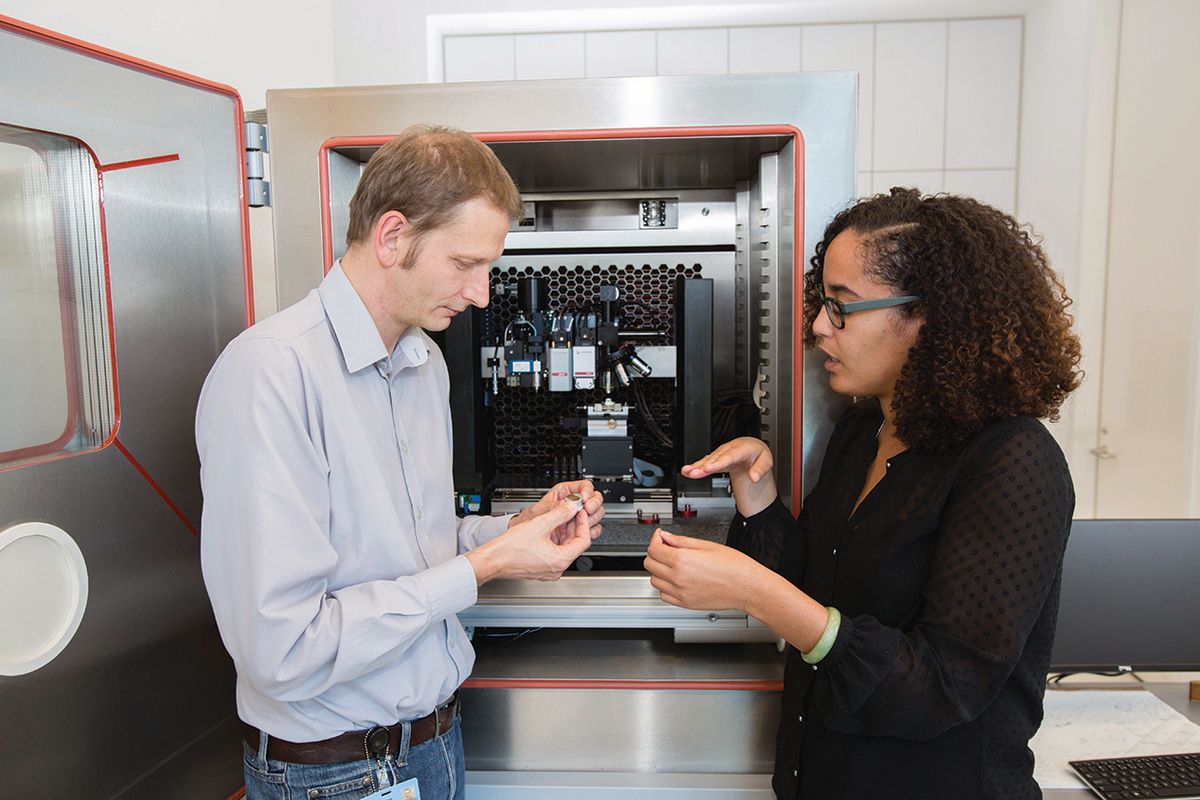Museums are under increased pressure to find sustainable solutions to managing their collection environments. The one-size-fits-all approach traditionally applied to temperature and relative humidity levels for objects, regardless of what material they are made of, is expensive and can thwart an institution’s efforts to reduce its carbon footprint.
With the help of conservators, scientists and other specialists, museums are beginning to adopt less stringent parameters that consider the specific needs of individual objects, as well as the history of their collections, which in turn could pave the way for more loans. To aid this effort, the Getty Conservation Institute (GCI) in Los Angeles is leading the Managing Collection Environments (MCE) initiative, which combines scientific research with much-needed education.
It has been more than a decade since the Bizot Group of international museum directors pushed to re-evaluate the original guidelines, which were developed in the 1970s. These narrow parameters set the optimum environment at 20°C ± 2°C (70°F ± 4°F) and 50% ± 3% relative humidity. In 2014 the International Institute for Conservation and the International Council of Museums’ Committee for Conservation adopted a more relaxed set of parameters, while a recent revision in a handbook published by the American Society of Heating, Refrigerating and Air Conditioning Engineers addressed the issue of different climactic zones and the importance of using the historic average of an institution’s collection as a starting point. But the new approach has not come without challenges.
Joel Taylor, a project lead on the Getty’s MCE initiative, says the original guidelines are still so embedded in experts’ everyday thinking that people worry that “they are introducing risk that has not been there before” by not adhering to them. But as his project co-lead Kathleen Dardes, who is head of collections at the GCI, points out: “We fell into this trap because many determined their environments based on the capabilities of what their heating and air-conditioning systems were providing, as opposed to what the objects could actually tolerate, what type of environment the museum was located in or what type of building the collection was in.”
In recent years the conservation community has increasingly asked whether it is possible to apply a single solution for collections environments. “What if you have an object made in Argentina or the Philippines where it’s humid, or in California where it would form an equilibrium within a drier climate? Once you start to unpack it, there are a lot of complexities that cannot be represented by a single number,” Taylor says.
A one-fits-all approach ends up being a one-fits-none approachRebecca Kaczkowski, conservator, Smithsonian
“Different materials react differently in different environments; there is no one ideal environment,” says Daniel Davies, a zone facilities manager at the Smithsonian Institution in Washington, DC. Davies is one of 36 museum professionals from 33 institutions to participate in the Getty’s nine-month MCE course, which features online schooling and remote mentoring as well as an intensive two-week workshop. “A one-fits-all approach ends up being a one-fits-none approach,” says Rebecca Kaczkowski, a conservator at the Smithsonian who attended the course with Davies. “Managing collections holistically allows for more sustainability,” she adds.
The recent discourse is particularly helpful to those who hail from regions with multiple climatic zones such as Australia. Another Getty course participant, Amanda Pagliarino, the head of conservation and registration at the Queensland Art Gallery and Gallery of Modern Art, has been tasked by Australia’s national conservation body to see whether interim guidelines, which are based on US and Northern European research, are fit for Australia’s varying climates. At a national meeting of museum directors last year, Pagliarino’s recommendation for a wider set of parameters for lending works within Australia was met with interest as it fell in line with efforts to be more sustainable. “In Australia, we are seeing an increased desire for access to national collections,” she says, noting that the cost of complying with narrow parameters is prohibitive for smaller institutions.
“I’m glad we’re seeking to change and becoming more courageous than we have in the past,” Pagliarino says.


